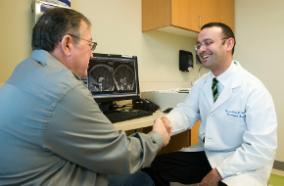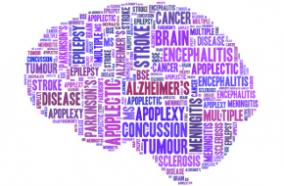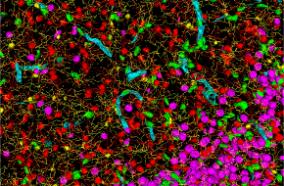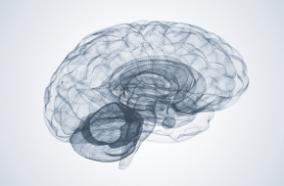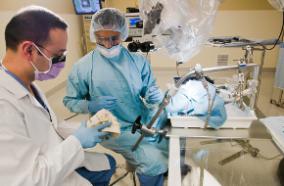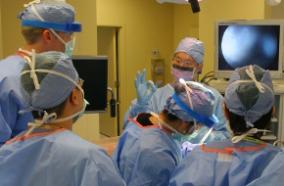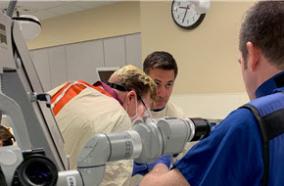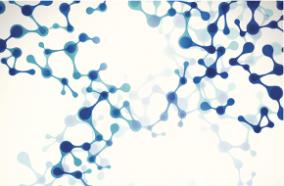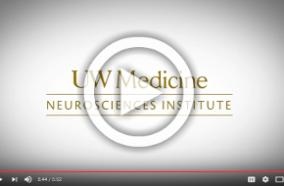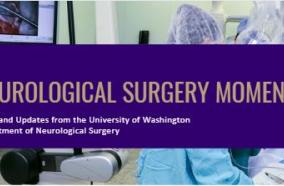Statistical guidelines for handing missing data in traumatic brain injury clinical research.
Statistical guidelines for handing missing data in traumatic brain injury clinical research.
J Neurotrauma. 2020 Feb 01;:
Authors: Nielson JL, Cooper SR, Seabury S, Luciani D, Fabio A, Temkin N, Ferguson AR
Abstract
Missing data is a persistent and unavoidable problem in even the most carefully designed traumatic brain injury (TBI) clinical research. Missing data patterns may result from participant drop out, non-compliance, technical issues, or even death. This review describes the types of missing data that are common in TBI research, and assesses the strengths and weaknesses of the statistical approaches used to draw conclusions and make clinical decisions from these data. We review recent innovations in missing values analysis (MVA), a relatively new branch of statistics, as applied to clinical TBI data. Our discussion focuses on studies from the International Traumatic Brain Injury Research (InTBIR) initiative project: TRACK-TBI, CREACTIVE, and ADAPT. In addition, using data from the TRACK-TBI pilot study (N=586) and the completed clinical trial assessing valproate (VPA) for the treatment of post-traumatic epilepsy (N=379) we present real-world examples of typical missing data patterns and the application of statistical techniques to mitigate the impact of missing data in order to draw sound conclusions from ongoing clinical studies.
PMID: 32008424 [PubMed - as supplied by publisher]

